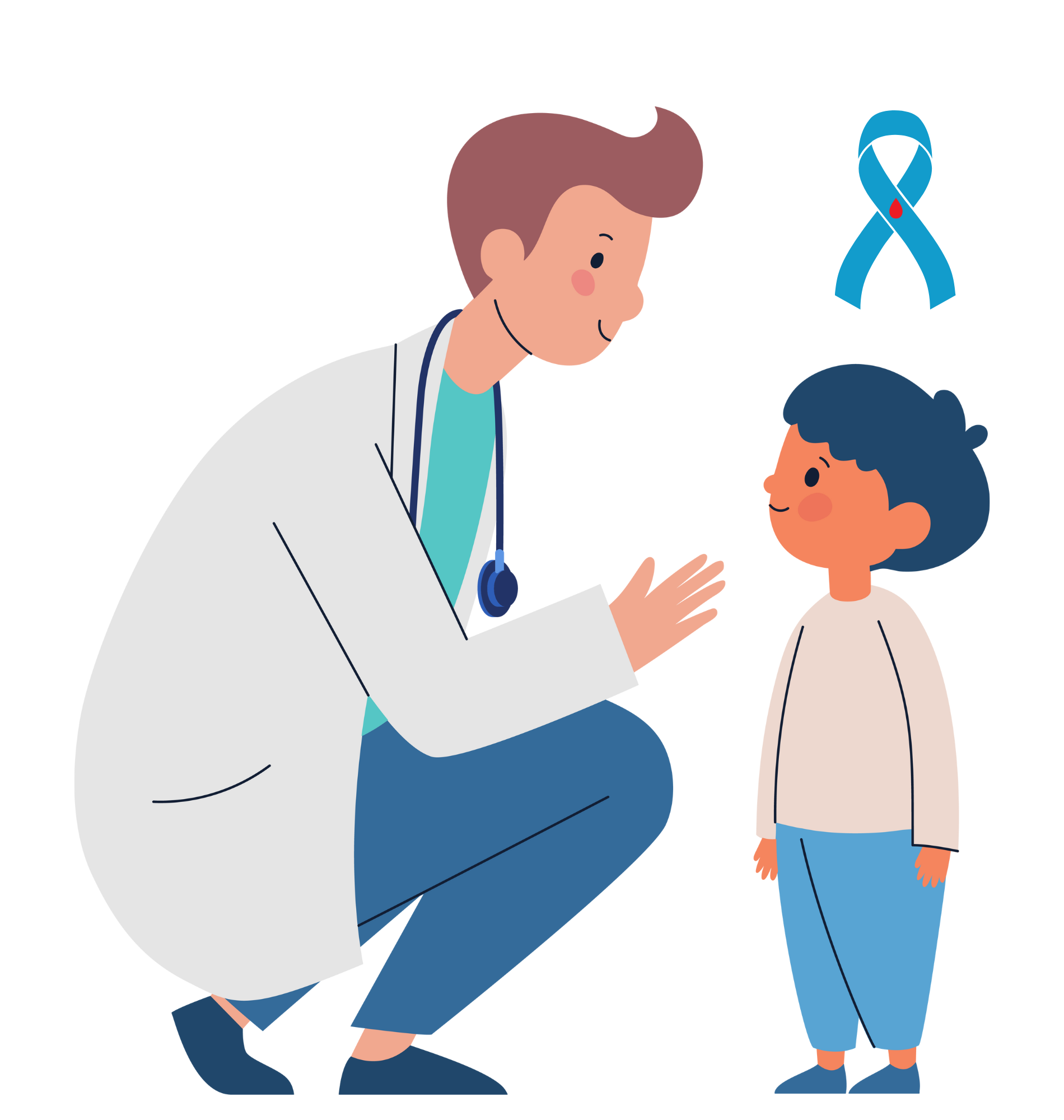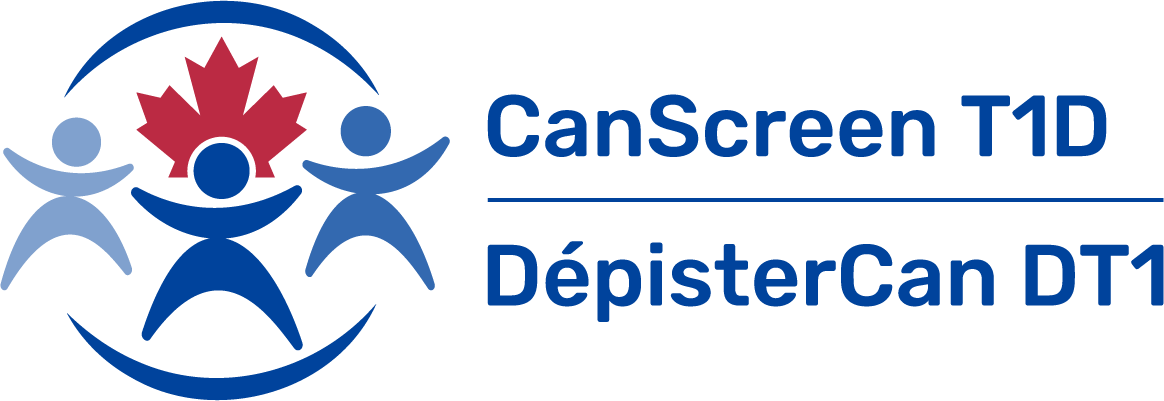What Is This Project About?
We are creating a plan to follow up with people who are at risk of developing Type 1 Diabetes (T1D). This plan will help us better predict who might develop T1D in the future. We will also explore new tests to track changes in the body that could show when T1D is starting. By doing this, we hope to find ways to prevent or delay it.
Why Is This Important?
T1D is a health condition where the body’s immune system attacks and destroys the cells in the pancreas (organ that helps regulate blood sugar levels) that make insulin (hormone). If people are diagnosed late, they may experience serious problems like DKA, which can be very dangerous. Early detection and treatment can help prevent this from happening.
Currently, there is no clear plan for how to regularly check people who are at risk. In this project, we will create a follow-up plan that uses simple tests that are easy to do and affordable. These tests will help identify people who might need more treatment and keep track of any changes in their health.

What Is The Bigger Plan?
This project will help us find new ways to predict T1D earlier so that we can help prevent it from happening. By testing new biomarkers (like proinsulin and proIAPP) and looking at home-based monitoring, we hope to make it easier for families to manage their health and catch any problems before they get worse.
How Will We Achieve Our Goal?
We are starting to write our research plan, and input from the community will be an important part of the process. We want to make sure the plan reflects what people who live in Canada need and prefer when it comes to follow-up care. To do this, we will talk with a range of people, including those with lived experience of T1D, parents and guardians from the general public, health professionals, researchers, and members of community organizations.
We will check how well this follow-up plan works by asking participants if they are satisfied with the plan and if they are following through with it. We will also look at the health of those who develop diabetes to see if this plan helped them avoid serious problems like DKA, long-term high blood sugar, and delays in starting insulin therapy (the use of insulin injections or pumps to help control blood sugar levels in people with diabetes).
What Happens Next?
This project will help us create a better plan for following up with people who are at risk of developing T1D. By using simple, affordable tests and tracking biomarkers, we hope to catch problems early and help prevent the disease. The results will also help connect people to clinical trials for new treatments, making it easier to prevent and manage T1D in the future.
